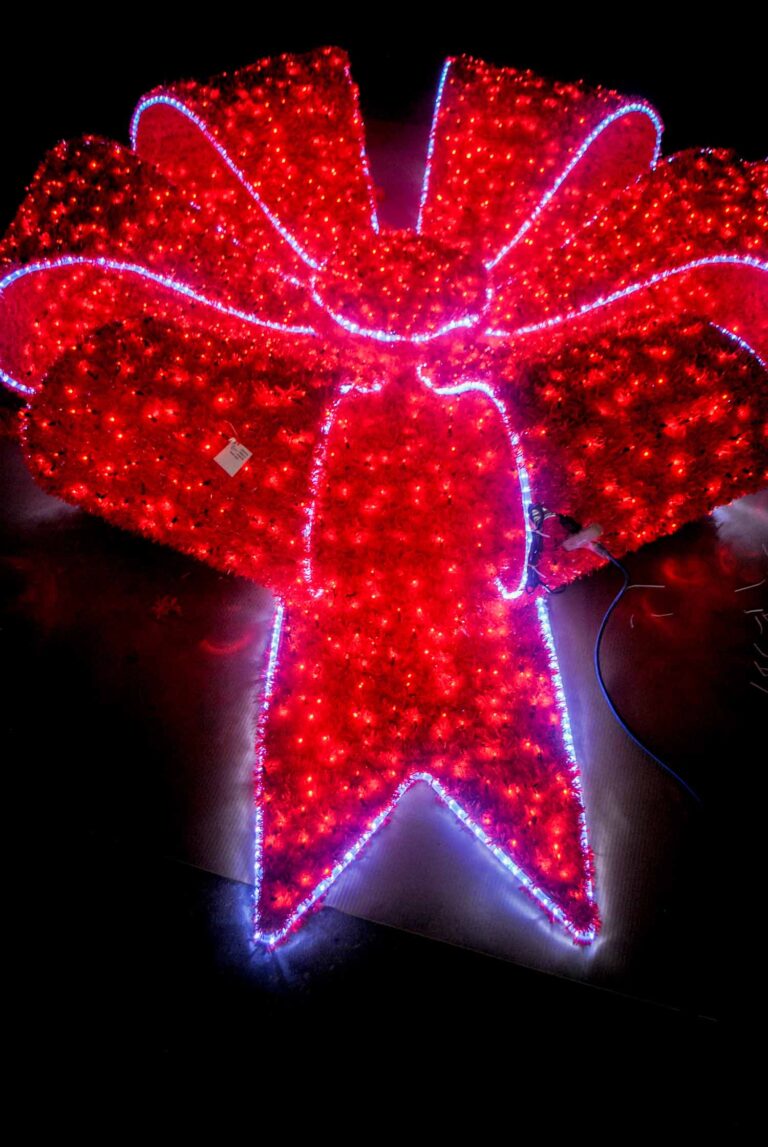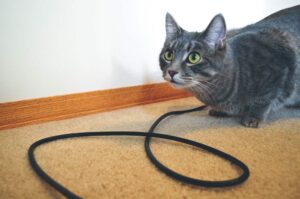Winter storms can bring bitterly cold temperatures, high winds and even ice and snow. Such weather can cause hazardous road conditions, downed power lines and extended power outages. Safe Electricity shares tips on preparing for, and safely weathering, winter storms.
Before a storm ever begins, tune into your local weather service for the weather forecast. It is important to know the differences among various watches and warnings.
- Winter Storm Watches signify that stormy conditions, including heavy snow, freezing rain or sleet, are likely within the next few days. You should be alert, as this means adverse conditions could begin within the next 12 to 48 hours.
- Winter Storm Warnings call for stormy conditions to begin within the next 24 hours. Those in the range of the warning should be mindful of the impending conditions and consider canceling plans to travel outside of the home.
- Blizzard Warnings advise those in the affected areas to seek refuge immediately due to high levels of snow, strong winds and resulting near-zero visibility to those traveling on the road.
Heavy snow and accumulating ice can easily bring tree limbs down onto power lines, cutting off power to homes and businesses.
If power lines go down because of a winter storm and the electricity goes out, first notify your utility of the outage. Have an emergency kit prepared for your home before a storm strikes to help you and your family weather the storm and outage safely and comfortably. Some of the items this kit should include are bottled water, non-perishable food, flashlights, a weather radio and extra batteries.
If you are using an alternative heating source during a power outage, be sure to know how to use it safely and that you have all supplies for it gathered. To help you and your family stay warm during an outage, dress warmly, cover windows at night, close off unneeded rooms and place draft blocks at the bottom of doors.
When the power is restored, there will be a power surge. To protect your circuits and appliances, switch off lights and unplug appliances. Leave one light switched on as a quick reminder that the power is restored.
Due to the potential for a winter storm to bring down power lines, individuals should only venture outside if absolutely necessary. Downed power lines could be submerged in snow and ice, making them difficult to see. Therefore, stay indoors if possible. If you must go outside, use caution and treat all downed and hanging lines as if they are energized. Stay away, warn others to stay away and immediately contact your utility company.
A power line does not need to be sparking or arcing to be energized. It’s best to assume all low and
downed lines are energized and dangerous. Lines that appear to be dead can become energized as crews work to restore power, or sometimes from improper use of emergency generators.

If travel is necessary, be especially cautious driving, and keep an emergency kit in your vehicle. Its supplies should include a windshield scraper, first aid kit, a cell phone charging adaptor, booster cables, blanket and a flashlight with extra batteries.
Never drive over a downed line because that could pull down the pole and other equipment, causing additional hazards. If you see a downed line, do not get out of your car. The safest place is inside the vehicle. Contact the utility immediately.
For more information on electrical safety and weathering winter storms, visit SafeElecticity.org.









